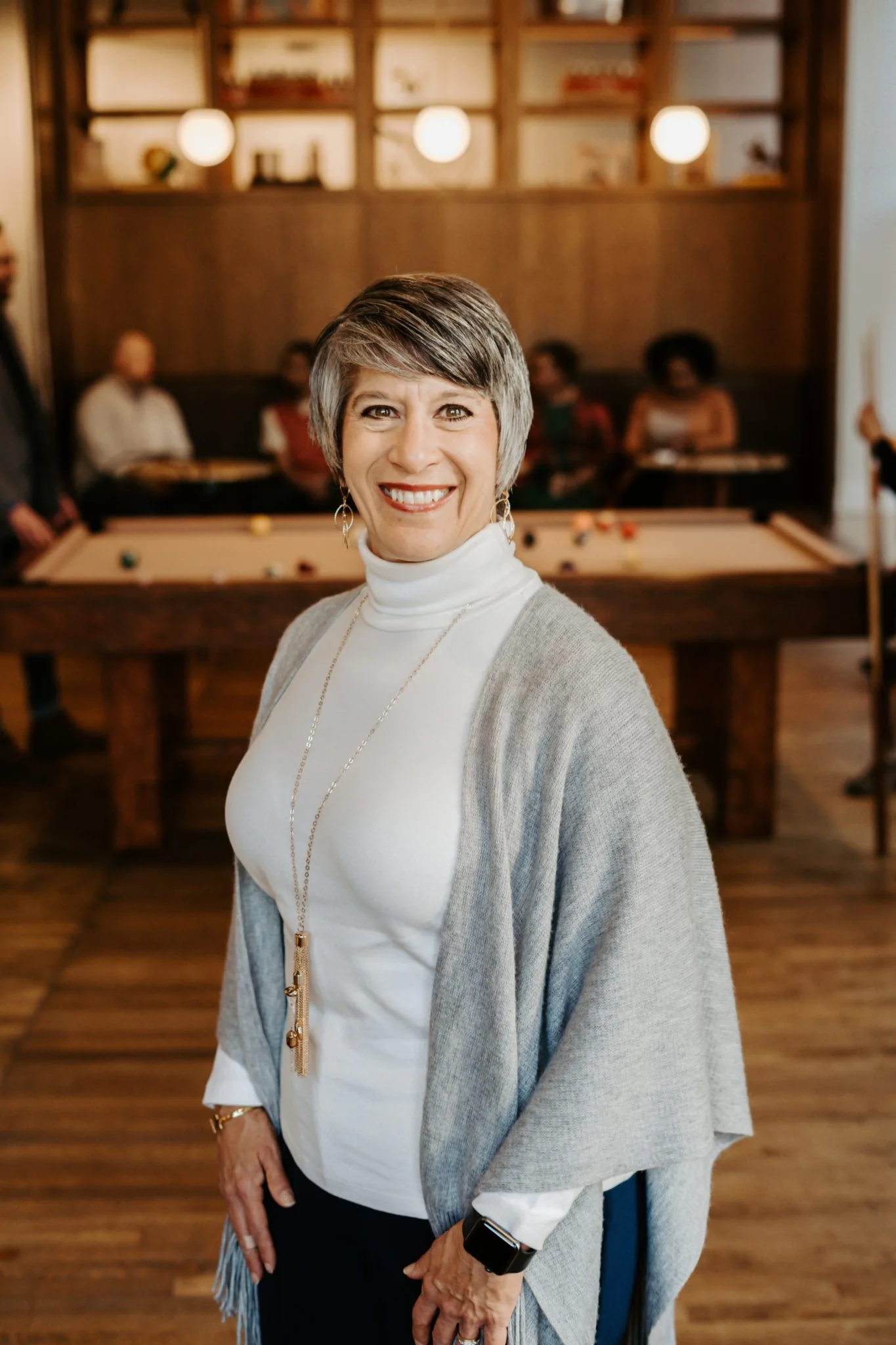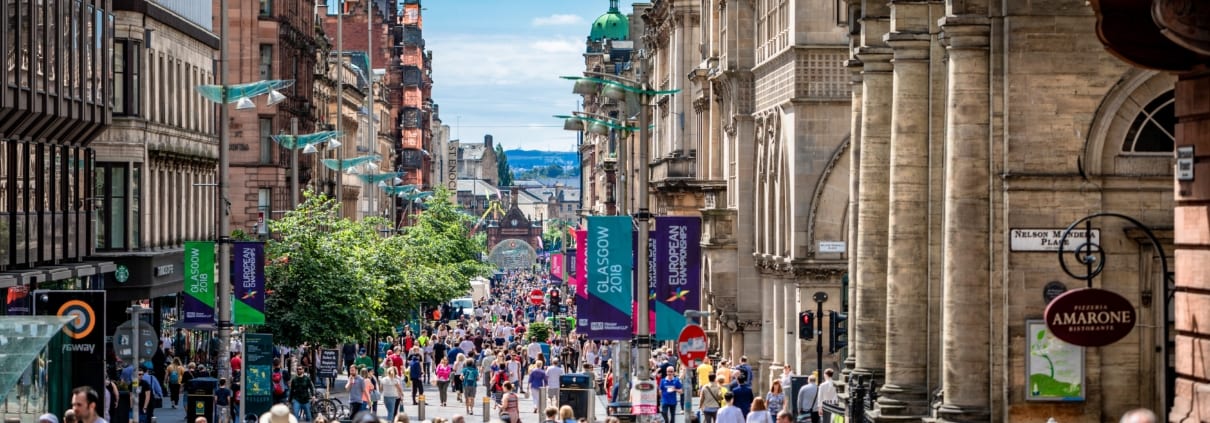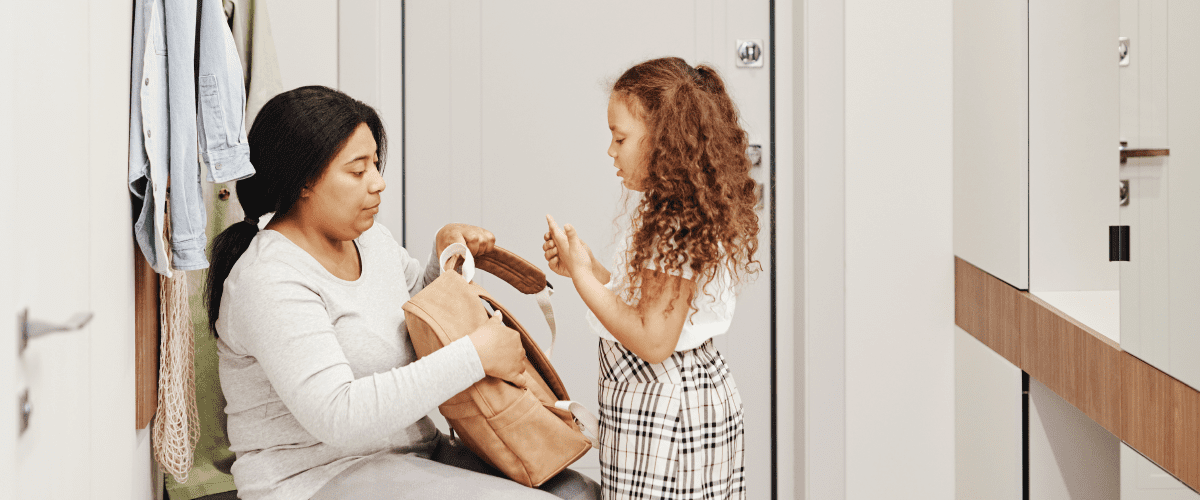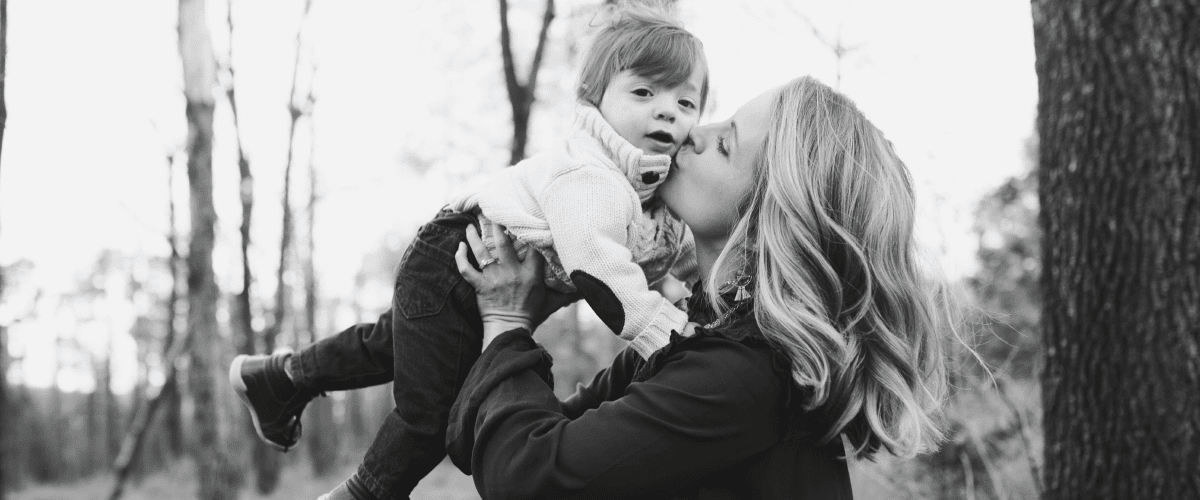When it comes to ending child trafficking, did you know…?
- Pedophiles and traffickers can message your children through YouTube.
- Human trafficking doesn’t just happen in big cities. It happens in every zip code.
- Boys are trafficked, too.
- Traffickers can be doctors, lawyers and CEOs.
- Foster care children, immigrants and refugees are at greatest risk for becoming victims.
- Your child has already been targeted by a human trafficker.
- Many children and teens are trafficked in plain sight.
(Source: Military Moms Blog, October 2019)
January is National Slavery and Human Trafficking Prevention Month and Jerry Redman, executive director of Street Grace Tennessee, wants everyone to know the definition of human trafficking, the signs to look for and what you should do if you suspect someone is being trafficked.
“So many people think this doesn’t happen in their backyard, or that its presence in a community is a result of the interstate system,” says Redman. “Neither of these statements are true. Whether you live in a town of 50,000 or in the largest city in America, many people have this false sense of security which actually makes everyone more vulnerable.”
WHAT IS HUMAN TRAFFICKING?
Human trafficking, according to the Trafficking Victims Protection Act of 2000, is the use of force, fraud or coercion to commercially exploit someone. It is a crime of connection or a crime of convenience. In other words, if a person is looking to sell a person, they need access to that person to groom them. It is easier to groom someone they can already access. In fact, 41% of trafficked children are trafficked by a family member. Girls are targeted more than boys, but boys, (especially young boys) are also targeted.
“Many people are under the assumption that it is mostly runaway and homeless youth who are at risk for being trafficked. That is a myth,” Redman says. “I can think of two stories of women being trafficked in plain sight that I believe drive home the point that we all need to be very aware of what is happening around us – even in our own home.
“A young woman who lived in a solidly upper middle class situation was trafficked by someone with a connection to her family. She was in school and not deprived in any way. She lived with her parents in a very caring environment. No one would have ever guessed that she was being trafficked.”
Theresa L. Flores tells her story in The Slave Across the Street. At 16, she was literally trafficked out of her own home by classmates. She was too ashamed and scared to tell anyone that it was going on.
WHAT YOU CAN DO…
If you want to help put an end to child trafficking, here are some things you should look for:
- Does someone appear to be under the control of someone else?
- Is the person who appears to be in control doing all the talking?
- Is the suspected trafficking victim dressed appropriately?
- Has the person looked up once?
- Has the person spoken?
“These are signs that all of us should be aware of,” Redman says. “It’s also important to know that sometimes victims will come straight out and tell you they are being trafficked. If that happens, your job is to remain calm, believe them and call the police. Some people are hesitant, worried about being wrong. Authorities will tell you: It is better to be wrong than to not report. Additionally, in most states, adults are mandated reporters of any type of suspected child abuse.
“If the person you suspect is being trafficked is an adult, you can still call the police. Ultimately, the person will have to be the one to make the decision about their next steps, but you can tell them there are resources and you can give them the national hotline number – 888-373-7888.”
In the fight to eradicate human trafficking, authorities are pursuing traffickers in creative ways, including technological partnerships. For example, when someone solicits sex online from someone they believe to be a child, the solicitor receives a message saying, “This is not a real child. You are now on our radar and your information has been turned over to the authorities. Additionally, the person is sent another email saying, “We know you have a problem and here is information about where to seek help.”
However, the biggest help in this fight actually comes from everyday people. It comes from observant and informed people who know the definition and the signs of human trafficking.
“Many states across the country are partnering with national authorities to put more stringent policies in place,” Redman says. “In fact, Tennessee, Montana, Nevada, Georgia and Louisiana received the highest scores from Shared Hope for their work to end child and human trafficking. With all of the work that has happened over the last 20 years, I believe we are actually in a position to see human trafficking either eradicated or close to that in this century. But, it will take all of us working together to make that happen.”
Looking for relationship resources? Click here.









Thoughts? Leave a Comment